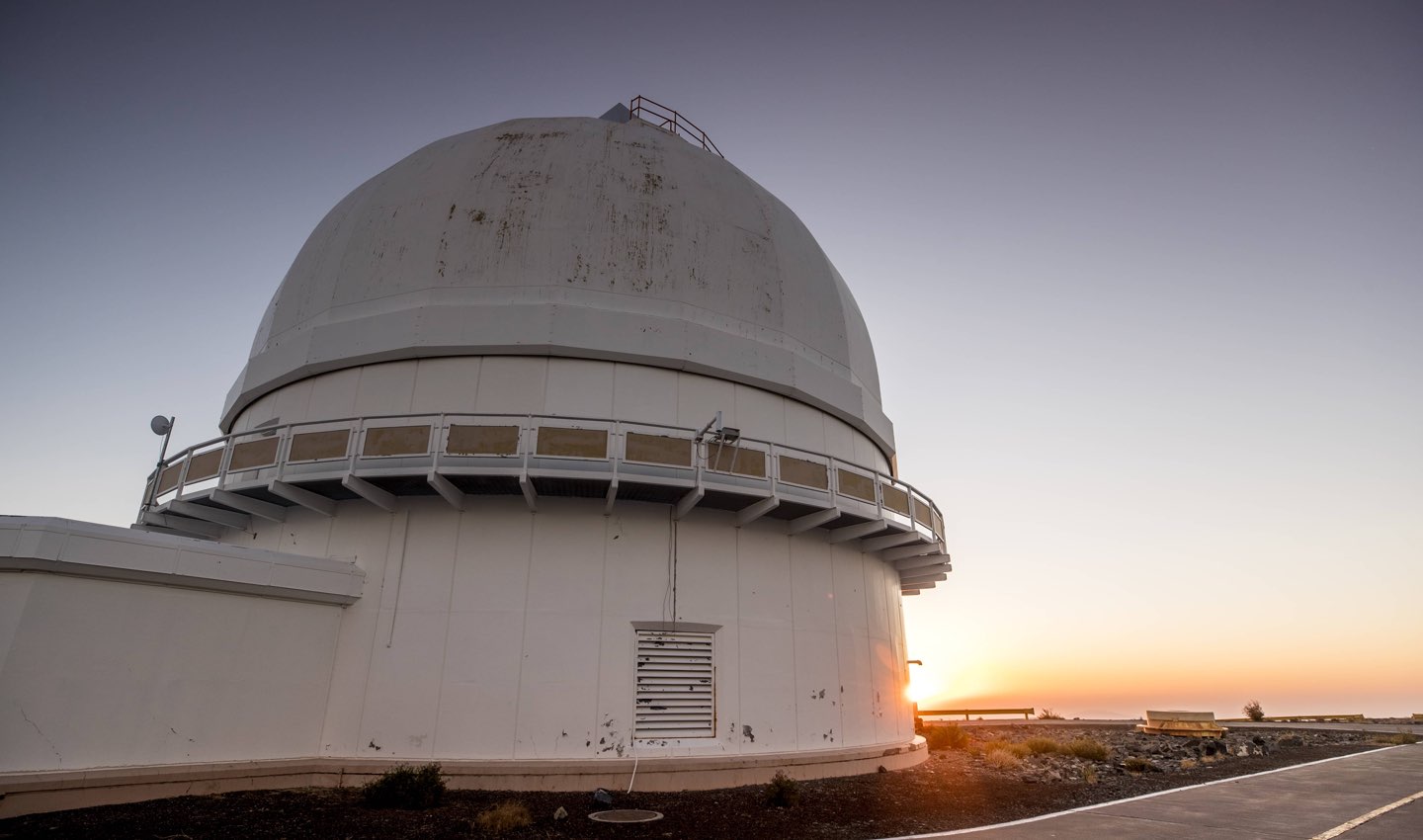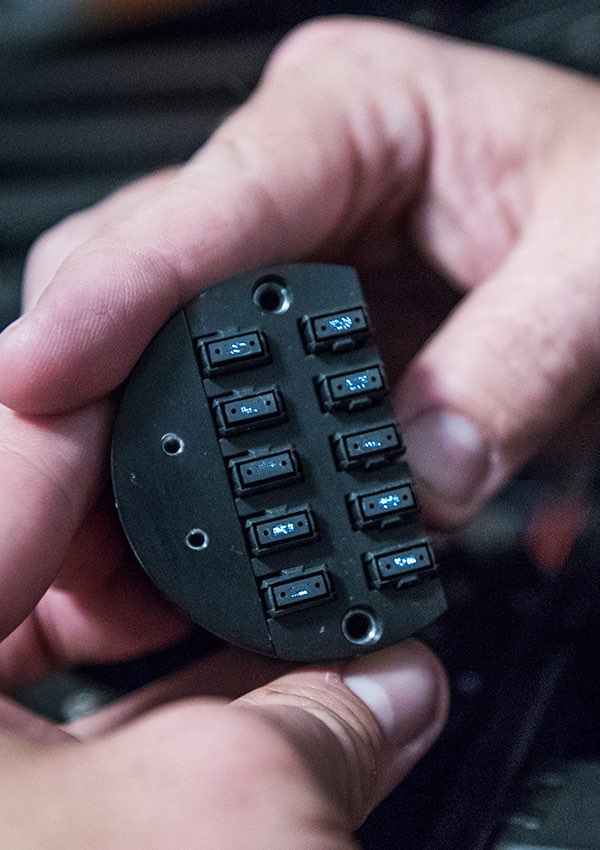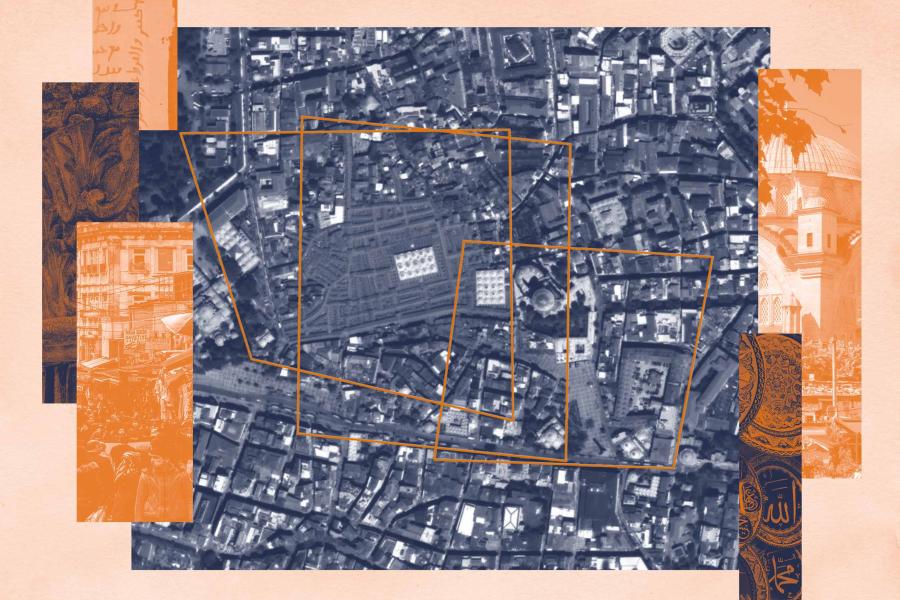Asking More of
Astronomy
APOGEE uses infrared light to see through the dust that keeps conventional telescopes from analyzing the far side of our galaxy. Its design also lets it observe 300 stars at once, versus one star at a time. Those advances dramatically accelerate research.
“APOGEE allows us to create the first-ever systematic, comprehensive probe of stars in every part of our galaxy. And we can do it hundreds of times faster," said Steven Majewski, APOGEE principal investigator.

View of the Milky Way
The Milky Way gets its name from the dust that creates its glowing white appearance. While beautiful, this dust is what prevents optical telescopes from analyzing the galaxy's furthest reaches.

Asking More of
Technology
In January 2017 a second APOGEE instrument was installed in Chile. Its southern hemisphere location gives access to stars that are impossible to observe from the northern hemisphere.
This allows a much fuller view of the galaxy, and new insights to how the Milky Way formed and is evolving. APOGEE also is helping astronomers identify potential planets in other solar systems, including those most likely to support life.











